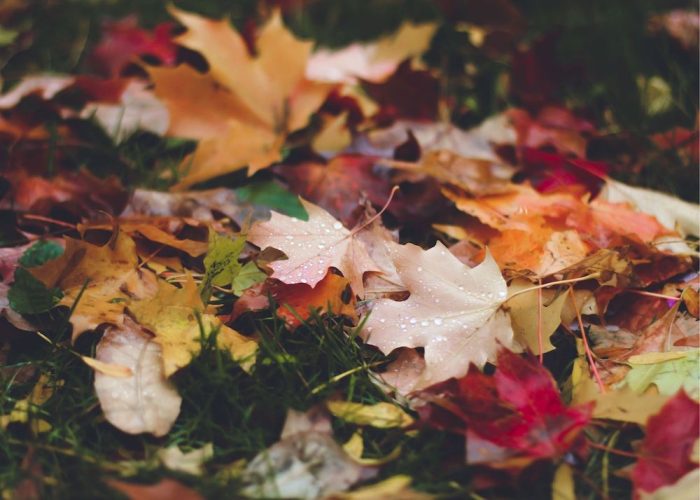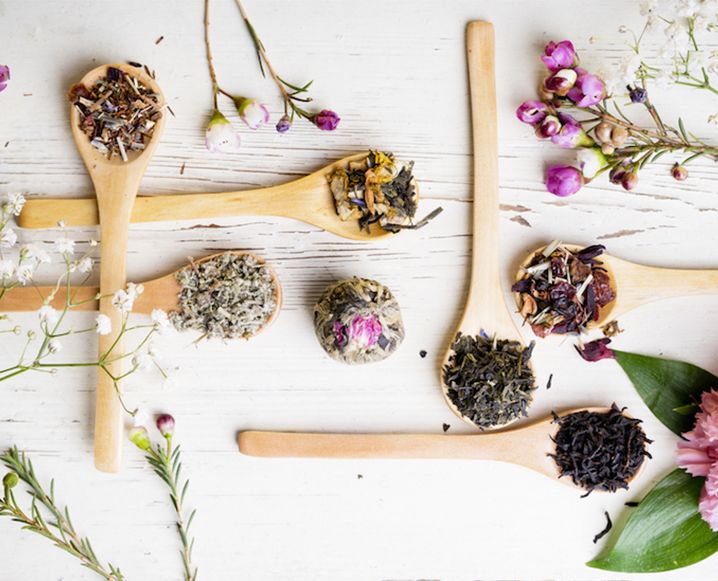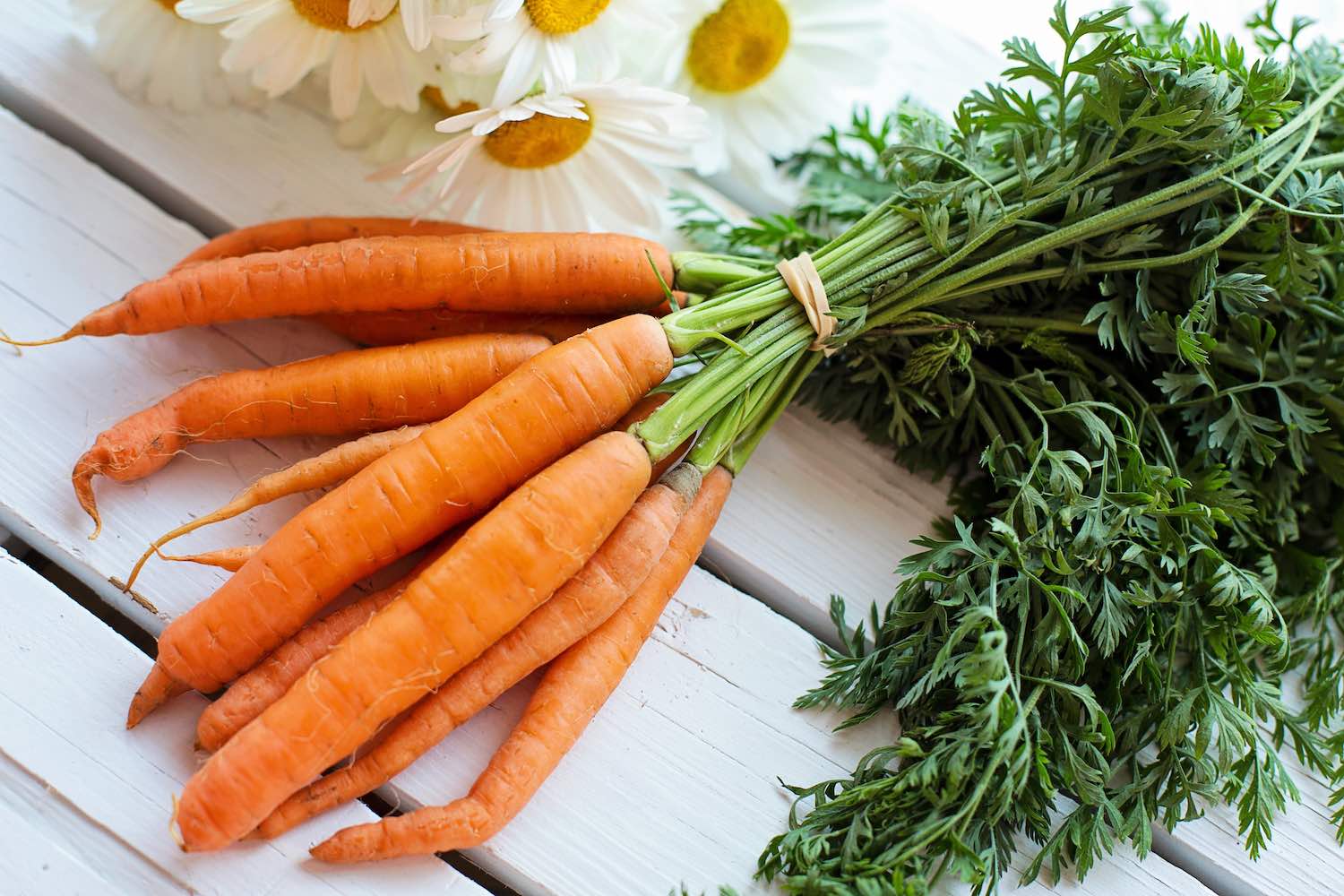In the most holistic way of living, we (humans) are adjusting in accordance with nature’s cycles and rhythms. At each seasonal junction, around the equinoxes and solstices, making lifestyle adjustments that best align with these cycles is useful for optimizing well-being. During autumn, we want to balance out the qualities of the season, which are: dry, light, cold, rough, subtle, and mobile. We do this by slowing down and increasing heaviness (for instance with oils applying and ingesting oils), warmth, and stability. These simple steps can support us in being as balanced as possible during the ever-changing times of autumn.
- Dry Brushing: This practice is very significant in Ayurveda as a nourishing and balancing act of self-care, as well as part of longer-term, specific health programs called panchakarma (five cleansing methods), which can last days to several weeks. Dry brushing activates the lymphatic system by clearing off layers of skin, similar to tilling fields or pulling off harvest.
- Technique: Utilize a natural bristle brush. Stroke the skin in lengthwise fashion toward the heart. Cover each area 2-3 times. Near the abdomen, brush in a circular fashion in the direction of large intestine flow. If the skin is sensitive, use a little oil on the skin first, otherwise dry brush without oil. Shower after dry brushing.
- Self Oil Massage: A significant practice in Ayurveda and panchakarma health plans to nourish and balance self-care, oil massage is performed regularly for health maintenance and healing. Oil is chosen based on the season or personal constitution (prakruti). During the fall, choose Vata-Balancing Oil. The benefits of oil massage include lubrication of skin and tissues, lymphatic stimulation and circulation, and nervous-system integration.
- Technique: Prepare by warming 2-4 ounces of sesame (warming) or coconut (cooling) oil. Drip oil into hands, and massage in a circular motion around the joints. Place slightly more focus on pressure toward the heart though strokes that travel up and down the long bones. Create a circular pattern on the abdomen in a sweeping clockwise pattern from the right to left side. (For a demonstration, watch my short video here.) Apply warm oil to the body, head, and soles of the feet as frequently as daily.
- Routine: Routines for sleep, exercise, and meals are the most important. Pick some lifestyle practices, and do them with consistency. Particularly with eating habits, a consistent routine will ground the autumn-predominant elements, which are air and space. Be sure to eat at least 2 or 3 full meals a day at regular intervals. Including soups, stews, and root vegetables is incredibly beneficial.
- Slow Down: Avoid moving too quickly, a fast-paced lifestyle, and cold temperatures (especially in late fall and early winter). When we slow down physically, we can also create more stability and balance in the nervous system, due to the strong relationship with vata dosha and the nervous system. It is very important to include practices, such as slowly walking or biking (rather than driving rapidly and frequently) and pausing between activities (perhaps even meditating during the day).
- Wear Warm: Wear warming colors, such as red, yellow, or orange. These colors, like the bounty of a fall harvest, are both balancing and representative of the season. Wearing white can also be helpful to increase clarity and focus. Utilize warming essential oils, such as sweet orange, ylang-ylang, and frankincense, to help promote grounding and circulation as we move toward later autumn.
- Technique: Apply oils to throat and soles of feet points at night or when needing extra grounding.
















